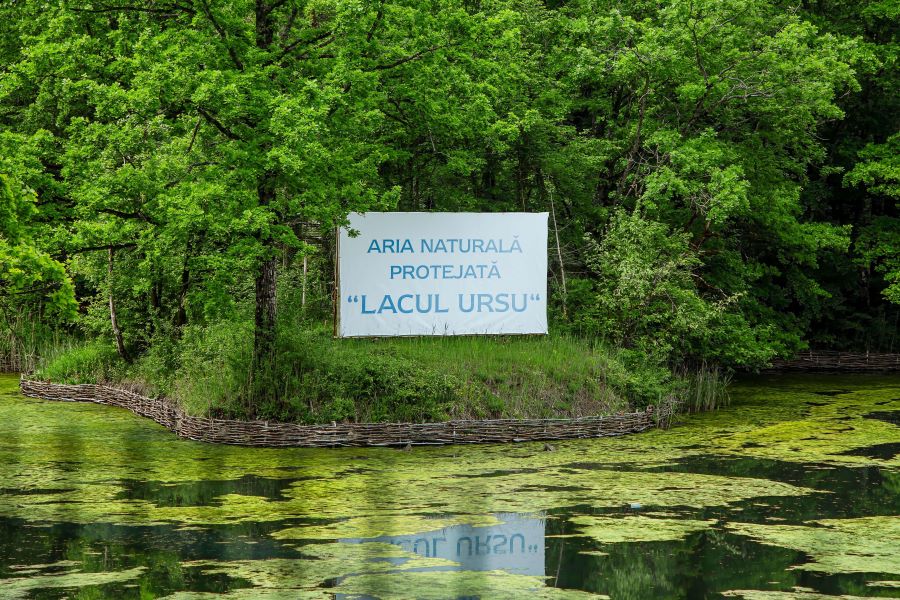Ulva algae that grow in Lake Ursu in Sovata are the subject of extensive international research, in order to study the possibility of growing them in an artificial environment, being on the list of “foods of the future”, said biophysicist Peter Hantz, as reported by Digi24.
“Ulva algae that grow in Ursu Lake are now the subject of very wide and detailed European research, because these algae seem to be one of the foods of the future. They grow very, very fast, they have a very good nutritional value and it is a miracle that these algae grow here in Ursu Lake. The algae are below the surface of the water, at a depth of about 3.5 m. Here we discovered some very special bio-films, some algae, the so-called ulva algae. We are in a European research group that investigates the ulva algae,” Peter Hantz told the press.
The study carried out on algae involves monitoring the plants and the dynamics of the salty water in Lake Ursu over the course of a year, and the biophysicist Peter Hantz participates in the research, being the one who intensively explored, by diving and with sonar, the depths of Lake Ursu in Sovata.
“Besides Ursu Lake, these algae also grow in a salty lake in Transylvania, Bottomless Lake or Tarzan Lake, near Turda, and one of our researches refers to this algae which is very interesting from a scientific point of view in terms of morphogenesis. The development of this alga requires the presence of bacteria that produce a plant hormone and without them it cannot develop in a correct way, but in the months of April, May and June they are present in a much larger quantity. These researches can be very useful for the growth of algae in the artificial environment, so the experiences we gather here at Ursu Lake will be very interesting and have triggered a very high international interest in the growth of these algae”, emphasized the researcher.
Peter Hantz says that the algae are tempting from a scientific point of view, because between the months of September and December they form some “very interesting structures”.
The studies carried out on the Bear Lake in Sovata by the biophysicist Peter Hantz, together with researchers from Hungary, Germany and the USA, aimed in the first phase at reducing the phenomenon of heliothermy.
Ursu Lake/ Bear Lake is located in Sovata, Mures County and it was formed in 1875 once with the collapse of a salt mine and filled after that with water from the rain falls and from the streams that descend from the nearby versants. Bear Lake (Lacul Ursu) is the largest heliothermal (receives heat from the sun) salt lake in Europe and it is shaped as a bear’ skin, hence the name.
The post Ursu Lake Algae Could Be the ‘Food of the Future’ appeared first on The Romania Journal.



